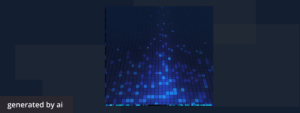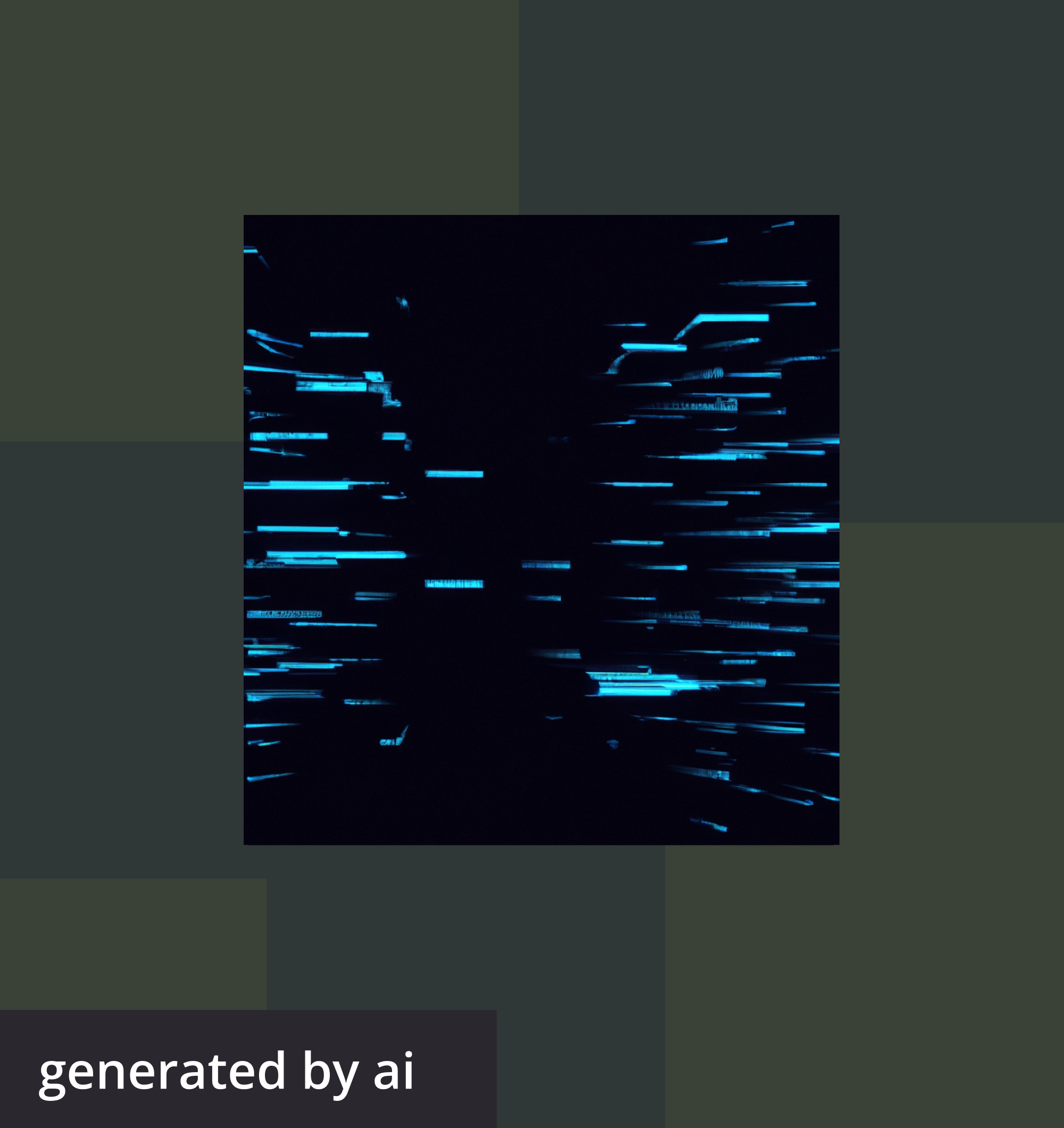
Picture a bustling city, filled with towering skyscrapers, each one unique yet reliant on the architectural wisdom of ages past. Now imagine the world of technology as that city, with the C programming language as the bedrock, the foundational blueprint upon which countless digital skyscrapers stand tall.
Though first developed in 1972, the C programming language — often referred to as the “mother of all programming languages” — remains a formidable presence in the technological landscape of the 21st century. In the TIOBE Index for June 2023, C ranked as the second most popular programming language, underscoring its enduring relevance.
Our digital world — the high-speed video games, the sophisticated medical equipment, the global social media platforms — is powered by technologies deeply rooted in the fertile ground of C. It isn’t just a language — it’s a testament to the incredible evolution of technology.
So what exactly makes C such a timeless hero in the ever-changing tech industry? In this guide, we’ll answer that question, digging into the history, key features, and real-world applications of a language that has stood the test of time, shaped modern programming paradigms, and continues to influence the software we interact with every single day.
An Introduction to C
To truly understand C, we must take a step back in time. Developed in 1972 at Bell Labs by Dennis Ritchie, C was created for and first implemented with the UNIX operating system. What started as a project to enhance a complex system turned into a language that revolutionized tech.
C is a procedural language, meaning it follows a step-by-step approach to break down a task into simple functions. Its design is simple yet powerful, making it a preferred choice for system and application software. Despite being over five decades old, C is still widely used because it provides a high degree of control over system resources.
At its core, C is known for its simplicity of expression, compactness of code, and wide range of applicability. The language is designed with a small, fixed number of keywords, including a set of control primitives, such as “if,” “for,” “while,” “switch,” and “continue,” to name a few. These basic keywords are used to develop more complex functionalities with ease.
The structure of C also allows for better maintainability of the code. Modularity is a key feature, which allows a program to be broken into parts. This, in turn, makes debugging, testing, and maintaining the program easier.
Another fascinating aspect of C is its ability to extend itself. A C program can generate additional C code during compilation, enabling dynamic functionality within the language itself. This characteristic is not commonly found in many other languages, setting C apart in its flexibility and adaptability.
Key Features and Advantages of C
While C is well known, it’s the language’s unique characteristics and advantages that have solidified its place in the annals of programming history. Here are some key reasons why C continues to be relevant and widely used today.
Efficiency and Flexibility
C is an incredibly efficient language. It offers low-level access to memory and provides inherent support for complex expressions, making it an ideal choice for system-level programming. The language is also flexible, offering the programmer a great deal of control.
Portability
One of C’s most celebrated characteristics is its portability. A C program written for one computer system can run on another with little to no modification. This feature was revolutionary when C was introduced and continues to be crucial today in a world filled with diverse hardware and operating systems.
Building Block for Other Languages
C is often referred to as the “mother of all programming languages” because of its influence on many modern programming languages. Languages like C++, C#, Objective-C, and even Python have taken inspiration from C, adopting its syntax and structure. Learning C, therefore, provides a strong foundation for learning other languages.
Fine Control over System Resources
Because of its roots in systems programming, C provides fine-grained control over system resources. This level of control makes it possible to optimize programs to run faster or use fewer resources, a capability that’s particularly important in system-level programming.
Explore verified tech roles & skills.
The definitive directory of tech roles, backed by machine learning and skills intelligence.
C in Action: Examples and Use Cases
C’s low-level capabilities and lightning-fast execution speed make it an ideal choice for system-level tasks, performance-critical applications, and real-time systems. Let’s take a closer look at where C shines brightest in today’s technology landscape.
Operating Systems
C is the backbone of many modern operating systems. UNIX, one of the most widely used operating systems in the corporate world, was originally written in assembly language before being rewritten in C. Windows, Linux, and Mac OS X have all been extensively developed using C and its progeny, C++.
Embedded Systems
In the realm of embedded systems, C reigns supreme. From home appliances to automobile engine control systems, these compact and specific-purpose systems often rely on C for their development due to the language’s efficiency and fine control over hardware.
Databases
Some of the most powerful database management systems, like MySQL and PostgreSQL, are scripted in C for its speed and efficiency. In such applications where vast volumes of data need to be retrieved with high speed, C becomes an irreplaceable asset.
Game Development
The gaming world has also been significantly shaped by C. The core engine of the popular PC game “Doom,” for instance, was developed in C for its high-speed execution and close control over system resources. This has allowed game developers to extract the best possible performance from the hardware. Though C is less commonly used in game development today, its legacy lives on. C++, a superset of C, is one of the most popular languages for building games.
The C Programming Language and the Job Market
With the advent of new programming languages and technologies, one might question the relevance of learning C in the current job market. However, the demand for C developers remains robust across many sectors of the tech industry. Let’s look at why the mastery of C is still a valuable asset in today’s job market.
Evergreen Demand
Despite being more than five decades old, C’s importance hasn’t waned in the tech industry. Developers who possess a thorough understanding of C are highly sought after in areas such as operating system development, embedded systems, and game development, among others.
A Stepping Stone to Other Languages
Knowledge of C can significantly ease the learning curve for other programming languages. C’s influence is clearly evident in popular languages like C++, C#, Java, and even Python, which have borrowed aspects of C’s syntax and structure. Therefore, a solid foundation in C can give developers a significant edge when switching to or learning additional languages.
Enhanced Understanding of Hardware
Since C provides a good level of access to low-level resources, learning C can give developers a better understanding of the underlying hardware. This knowledge can be invaluable, particularly in roles that involve system-level programming or optimization tasks.
Competitive Salaries
Jobs requiring proficiency in C tend to offer competitive salaries. According to ZipRecruiter, the median annual salary for C developers in the U.S. is $118,851. These numbers reflect the high value that industries place on C skills.
It’s evident that C continues to hold a prominent place in the tech industry. While shiny, new languages may come and go, C remains a steadfast constant in the dynamic field of programming, proving that old doesn’t necessarily mean obsolete. The language’s legacy, impact, and ongoing relevance in the job market all suggest that a grasp of C can be a valuable addition to any developer’s skill set.
Key Takeaways
So, what is C? In this journey, we’ve learned that it’s far more than a programming language. It’s a testament to elegant design and efficiency, a tool that continues to shape the future of technology, and a silent workhorse that powers much of the technology world we interact with every day.
From the heart of operating systems to the soul of game engines, from the brains of embedded systems to the spine of major databases, C is everywhere. It has influenced countless languages and remains relevant in a vast array of sectors, decades after its inception.
Moreover, the language’s prominence in the job market serves as a clear indication of its enduring value. For those seeking a career in programming or software development, proficiency in C continues to be a valuable asset, opening doors to a diverse range of opportunities.
New programming languages emerge, trends come and go, but C remains an enduring constant. C is indeed the mother of all programming languages — a legacy that continues to shape the technology industry.
This article was written with the help of AI. Can you tell which parts?

